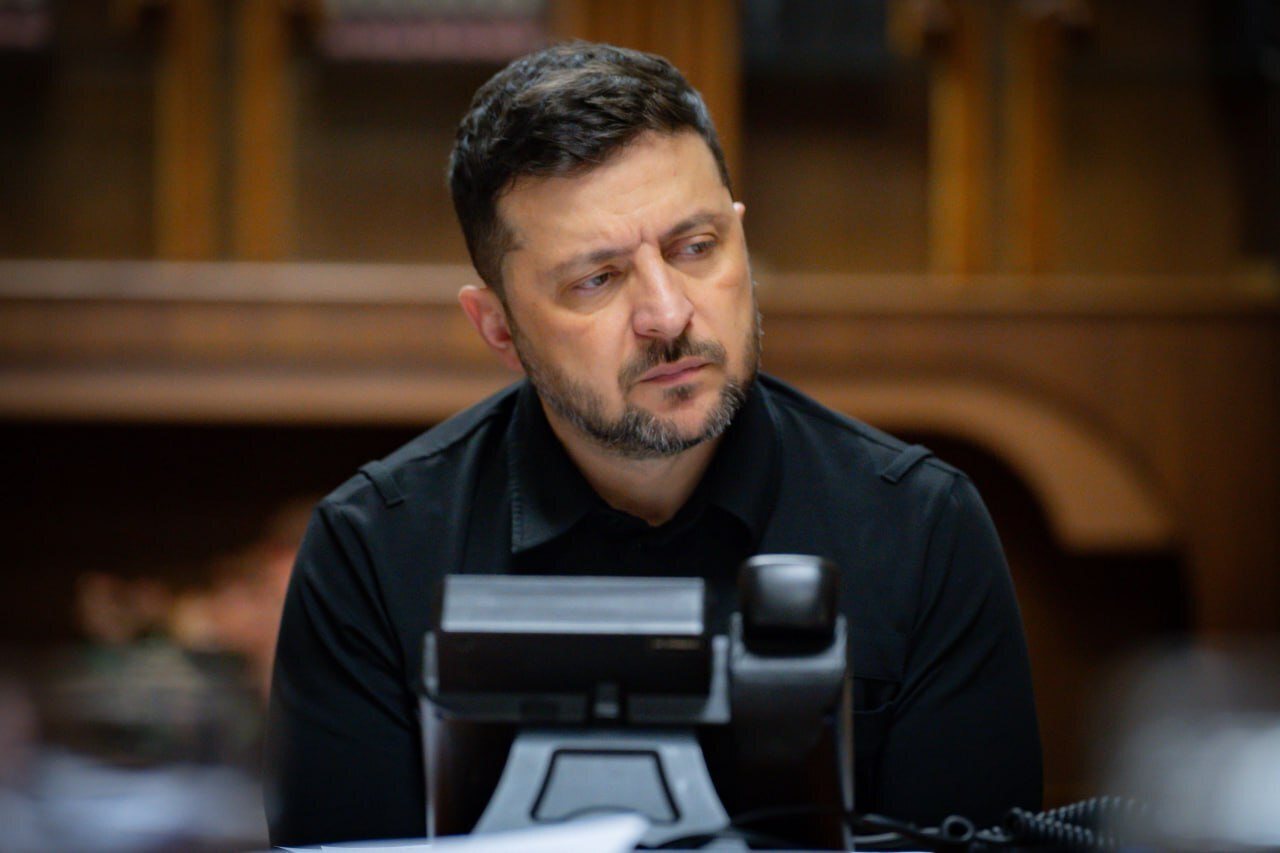John Villasenor: Thoughts on the Smackdown
John Villasenor---a Brookings colleague who is also a professor of electrical engineering at UCLA---has done a lot of policy work on domestic drone use. He writes in with the following thoughts on the Smackdown and some of the regulatory questions it raises:
Published by The Lawfare Institute
in Cooperation With

John Villasenor---a Brookings colleague who is also a professor of electrical engineering at UCLA---has done a lot of policy work on domestic drone use. He writes in with the following thoughts on the Smackdown and some of the regulatory questions it raises:
The Lawfare Drone Smackdown. held September 23 in northern Virginia, generated interesting video, commentary on cybersecurity, a detailed mock legal opinion, and an amusing post by Stewart Baker over at the Volokh Conspiracy. In addition, it provided food for thought regarding some of the many interesting issues that will arise as unmanned aircraft system (UAS) technology continues to advance.
I wasn’t a participant in the event, but I followed it with some interest. Here are some quick takeaways and questions:
In the future, should the FAA regulate all commercial UAS operations – even those limited to “altitudes” a few inches or a few feet above the ground?
As those following Lawfare during the weeks preceding the event are well aware, the Smackdown was originally scheduled to take place at Fort Reno Park, which is within the D.C. Flight Restricted Zone. However, on September 20, after receiving a call from the FAA, Ben Wittes duly moved the event to a suburban Virginia location outside the FRZ.
Very few people would question the logic of imposing special flight restrictions in the Washington, D.C. area. And the FAA certainly has the right to take actions aimed at ensuring those restrictions are followed.
But future UAS will operate in ways that challenge traditional assumptions regarding government oversight of the airspace. As a thought experiment, consider a miniature UAS no larger in size and weight than a fly, and whose only purpose is to traverse an agricultural field a few inches above the ground, performing close-up inspection of crops and measuring soil moisture levels. This might sound like science fiction today, but will become reality before too long. If these UAS are designed to be physically incapable of rising more than 18 inches above the soil, and are used only on agricultural fields, what type of oversight role should the FAA play?
Manned aircraft generally operate in the zone of “airspace” a few inches or a few feet above the ground only in very brief moments when taking off or landing. Some classes of UAS will spend much of their operational time in that zone, which in most applications would pose no threat at all to manned flight. An effective approach to regulation will require recognizing the very different considerations that will apply to very small UAS operating in the ground-adjacent portions of the airspace.
UAS cybersecurity is important---but it shouldn’t be overhyped as a risk
As illustrated by Iran’s alleged downing of an American UAS in December 2011, the use of GPS spoofing by UT Austin professor Todd Humphreys and his students to “hijack” a UAS earlier this year, and Lawfare’s very own Ben Wittes’ cyber-enabled victory at the Smackdown, UAS cybersecurity is an important issue.
With UAS, as has occurred with cybersecurity in other technology areas, there will inevitably be a learning curve in which vulnerabilities are identified and potentially exploited, and then addressed. The UAS community can help minimize the impact of future cyberattack attempts by proactively considering the ways in which their platforms may be subject to hostile electronic takeover attempts, and building in preemptive safeguards as appropriate given the anticipated use profile. (A large UAS used for border patrol needs to be protected from cyberattacks; a 6-ounce UAS sold as a child’s toy does not.) The subset of UAS manufacturers and users whose platforms may be the target of GPS spoofing attacks can also engage with the broader GPS community regarding various anti-spoofing techniques.
What is the proper FAA role relative to indoor flight operations in large public spaces?
It would be ludicrous to suggest that a young child flying a tiny toy helicopter weighing less than an ounce inside the family room of a house should be subject to FAA regulations. In fact, it is tempting to conclude that indoor unmanned flight shouldn’t ever be within the FAA’s purview. However, consider a very large indoor space such as an enclosed stadium or sports arena. There are all sorts of interesting potential UAS applications in such spaces – imagine, for example, the amazing footage that could be obtained during a sports event. Commercial UAS operation in an indoor stadium could raise some interesting questions regarding the proper role of the FAA.





